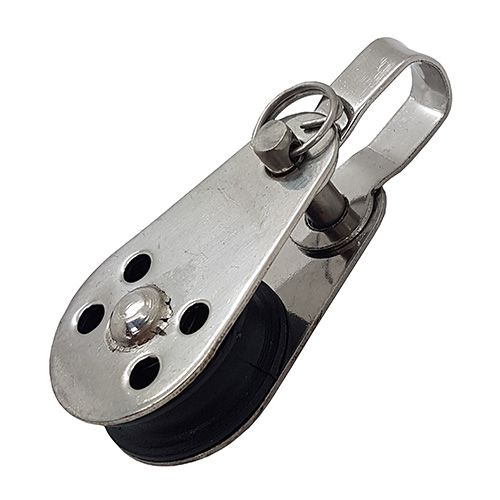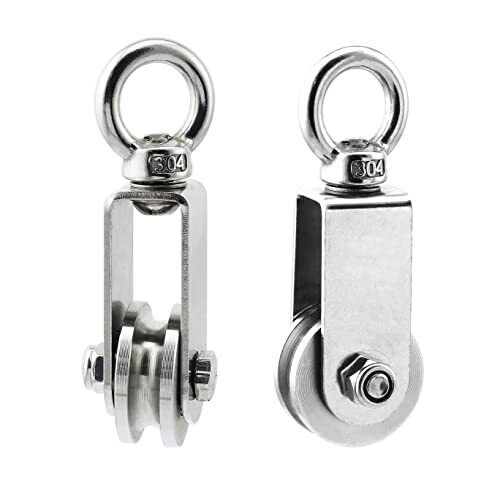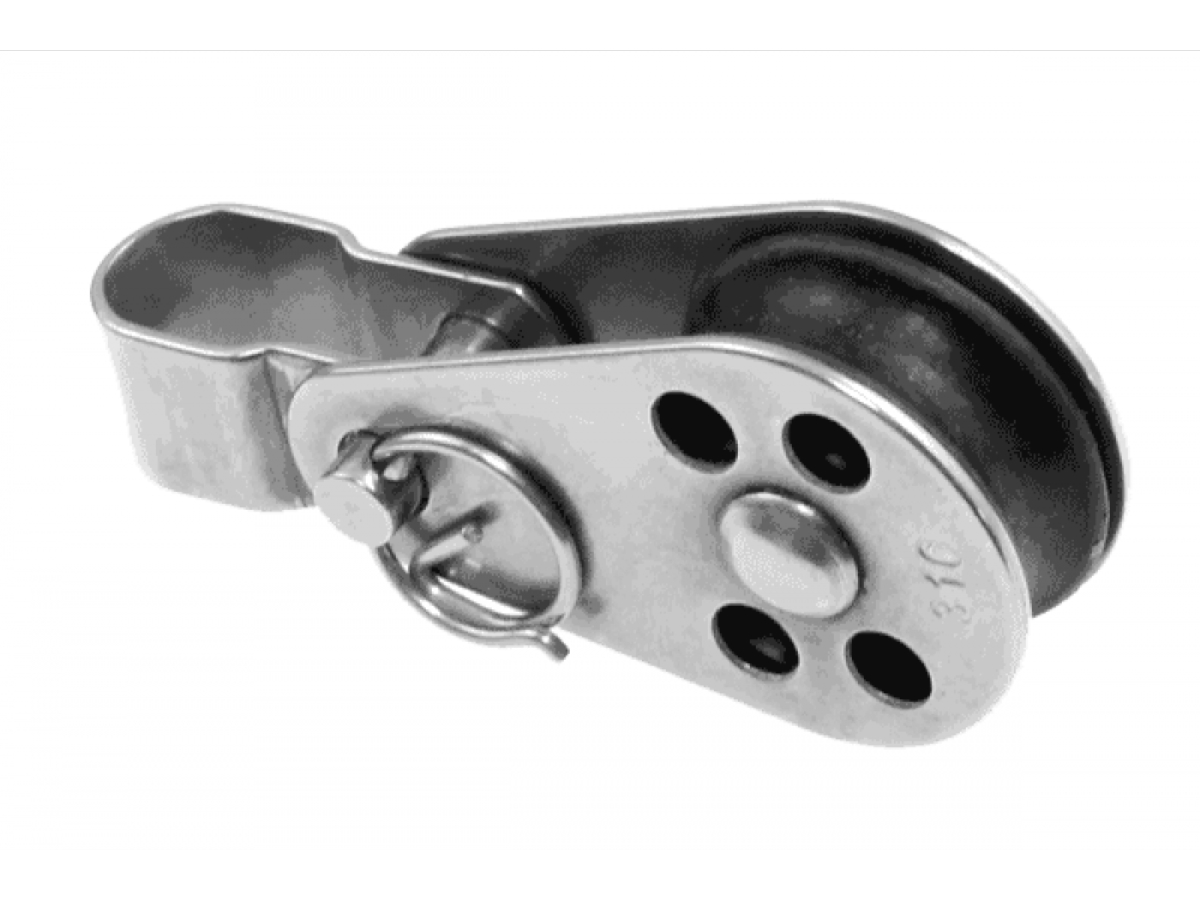Product Description
Product Description
Aluminum/C45 Timing Belt Pulley
| Product Name | Aluminium Timing Pulley MXL XL L H XH XXH T2.5 T5 T10 AT5 AT10 S2M S3M S5M S8M GT2 GT3 GT5 3M 5M 8M Tooth timing Belt Pulley | |
| Teeth profile | Trapezoidal toothed | MXL, XXL, XL, L, H, XH, XXH |
| T-toothed | T2.5, T5, T10, T20 | |
| Arc toothed | HTD3M, HTD5M, HTD8M, HTD14M, HTD20M, Gt2, Gt3, Gt5 | |
| S-toothed | S2M, S3M, S4.5M, S5M, S8M, S14M | |
| Parabolic-toothed | P2M, P3M, P5M, P8M, P14M | |
| Y-toothed | G2M, G3M, G5M, Y8M | |
| Teeth Quantity | 10-150 teeth or customized | |
| Inner Bore | 2-200mm H7 precision or customized | |
| Belt width | 4mm, 6mm, 9mm, 10mm, 12mm, 15mm, 20mm, 25mm, 30mm, 40mm, 50mm, 1/4”, 5/16”, 3/8”, 1/2”, 3/4”, 1”, 1.5”, 2”or customized | |
| Material | carbon steel C45, Aluminum 6061, 6082 | |
| Surface treatment | Anodize,Black Oxide,Phosphate, Galvanization, Nitriding, Dichromate | |
Detailed Photos
Timing pulley used on conveyor roller
Workshop
Equipments:
Lathe machine, Hobbing machine,Drilling machine,CNC machine,Milling machine, etc
FAQ
Q1: Are you trading company or manufacturer ?
A: We are factory.
Q2: How long is your delivery time and shipment?
1.Sample Lead-times: 10-20 days.
2.Production Lead-times: 30-45 days after order confirmed.
Q3: What is your advantages?
1. The most competitive price and good quality.
2. Perfect technical engineers give you the best support.
3. OEM is available.
| Certification: | ISO |
|---|---|
| Pulley Sizes: | Timing Belt Pulley |
| Manufacturing Process: | Hobbing Teeth |
| Material: | Aluminum |
| Surface Treatment: | Anodizing |
| Application: | Chemical Industry, Grain Transport, Mining Transport, Power Plant |
| Customization: |
Available
| Customized Request |
|---|

What is the significance of stainless steel’s resistance to acids and chemicals in certain applications?
Stainless steel’s resistance to acids and chemicals holds great significance in various applications. Here’s why:
- Corrosion Resistance: Stainless steel exhibits excellent corrosion resistance due to the presence of chromium and other alloying elements. This resistance allows stainless steel to withstand exposure to acids and chemicals without undergoing significant degradation or damage. It prevents the formation of rust, stains, or pitting that could compromise the structural integrity of the material.
- Extended Lifespan: The resistance of stainless steel to acids and chemicals extends its lifespan in corrosive environments. By withstanding chemical attack, stainless steel components can maintain their strength, shape, and performance over an extended period. This durability reduces the need for frequent replacements, leading to cost savings and increased operational efficiency.
- Hygienic Applications: Stainless steel’s resistance to acids and chemicals makes it suitable for applications requiring high levels of hygiene, such as in the food and beverage, pharmaceutical, and medical industries. The material’s non-porous surface prevents the absorption of contaminants and facilitates thorough cleaning and sanitization. This quality ensures the integrity and safety of products and processes in sensitive environments.
- Chemical Processing: Stainless steel’s acid and chemical resistance make it well-suited for various chemical processing applications. It can handle corrosive substances, acids, and aggressive chemicals commonly used in chemical manufacturing, petroleum refining, and other related industries. Stainless steel’s resistance helps maintain equipment integrity, prevents leakage, and ensures the safe handling of chemicals.
- Marine and Coastal Environments: Stainless steel’s resistance to acids and chemicals makes it a preferred material for marine and coastal applications. The presence of saltwater, exposure to humidity, and other corrosive elements can significantly impact materials. Stainless steel’s resistance enables it to withstand the harsh marine environment, reducing maintenance requirements and increasing the longevity of structures, equipment, and components.
- Chemical Storage and Transportation: Stainless steel’s resistance to acids and chemicals is valuable in storage and transportation applications. It is commonly used for tanks, pipes, valves, and fittings involved in the storage and transportation of corrosive substances. The material’s resistance ensures the containment and safe handling of acids, chemicals, and hazardous materials without the risk of leaks or contamination.
- Laboratory and Research Settings: Stainless steel’s resistance to acids and chemicals is essential in laboratory and research settings. It allows the use of stainless steel equipment and containers for handling, storing, and processing various chemicals and reagents. The material’s resistance ensures that the integrity of experiments and samples is preserved without unwanted reactions or contamination.
The significance of stainless steel’s resistance to acids and chemicals lies in its ability to maintain structural integrity, extend lifespan, ensure hygiene, support chemical processing, withstand marine environments, facilitate chemical storage and transportation, and enable safe practices in laboratory and research settings.

Can stainless pulleys be used in outdoor applications subject to weather and moisture?
Yes, stainless pulleys are well-suited for outdoor applications subject to weather and moisture. Here’s why:
- Corrosion Resistance: Stainless steel is highly resistant to corrosion, including rust, making it an ideal choice for outdoor environments. It can withstand exposure to moisture, rain, humidity, and temperature fluctuations without degrading or rusting.
- Non-Reactive Properties: Stainless steel is non-reactive, meaning it does not easily interact with other substances. This property allows stainless pulleys to resist chemical reactions with environmental elements, pollutants, or contaminants that may be present in outdoor settings.
- Durability: Stainless steel is a durable material that can withstand harsh outdoor conditions. It is resistant to impact, UV radiation, and abrasion, ensuring that stainless pulleys can maintain their structural integrity and performance over time.
- Sealed Bearings: Many stainless pulleys are equipped with sealed bearings, which provide an additional layer of protection against moisture and contaminants. Sealed bearings help prevent water, dust, or debris from entering the bearing housing, ensuring smooth operation and extending the pulley’s lifespan.
- Proper Maintenance: Regular maintenance practices, such as cleaning, lubrication, and inspection, can further enhance the longevity of stainless pulleys in outdoor applications. By following recommended maintenance procedures, the pulleys can remain in optimal condition and continue to perform reliably.
It is important to note that while stainless pulleys are well-suited for outdoor environments, the specific grade and finish of stainless steel used can affect their performance. In highly corrosive or marine environments, it is advisable to use marine-grade stainless steel or additional protective coatings to provide extra resistance against saltwater and other corrosive agents.
Overall, stainless pulleys offer excellent durability, corrosion resistance, and reliability, making them a suitable choice for outdoor applications subject to weather and moisture.

What types of materials are typically used for the sheaves or wheels of stainless pulleys?
The sheaves or wheels of stainless pulleys are typically made from various materials to meet specific performance requirements. Here are some common materials used for the sheaves or wheels of stainless pulleys:
- Stainless Steel: Stainless steel sheaves or wheels are commonly used in stainless pulleys to ensure compatibility and consistency in terms of corrosion resistance and durability. Stainless steel sheaves can be made from the same stainless steel grade as the pulley body, providing a cohesive and robust construction.
- Nylon: Nylon is a popular choice for sheaves or wheels in stainless pulleys due to its excellent wear resistance, low friction coefficient, and self-lubricating properties. Nylon sheaves are lightweight, durable, and suitable for applications that require quiet and smooth operation.
- Acetal: Acetal, also known as polyoxymethylene (POM), is another material used for sheaves or wheels in stainless pulleys. Acetal sheaves offer good mechanical strength, wear resistance, and low friction characteristics. They are often chosen for applications that involve high speeds or where chemical resistance is required.
- UHMW (Ultra-High Molecular Weight Polyethylene): UHMW is a high-performance plastic known for its exceptional impact strength, abrasion resistance, and self-lubricating properties. UHMW sheaves or wheels are suitable for heavy-duty applications where resistance to wear, impact, and noise reduction are important.
- Cast Iron: In certain industrial applications, particularly those involving heavy loads and high stress, cast iron sheaves or wheels may be used in stainless pulleys. Cast iron provides excellent strength and durability, making it suitable for demanding applications such as mining or construction.
- Aluminum: Aluminum sheaves or wheels are lightweight and offer good corrosion resistance. They are commonly used in stainless pulleys where weight reduction is desired without compromising strength and performance.
The selection of the sheave or wheel material depends on factors such as the specific application requirements, load capacity, environmental conditions, and desired performance characteristics. By choosing the appropriate material, stainless pulleys can achieve optimal functionality, durability, and efficiency in their respective applications.


editor by CX
2023-10-05